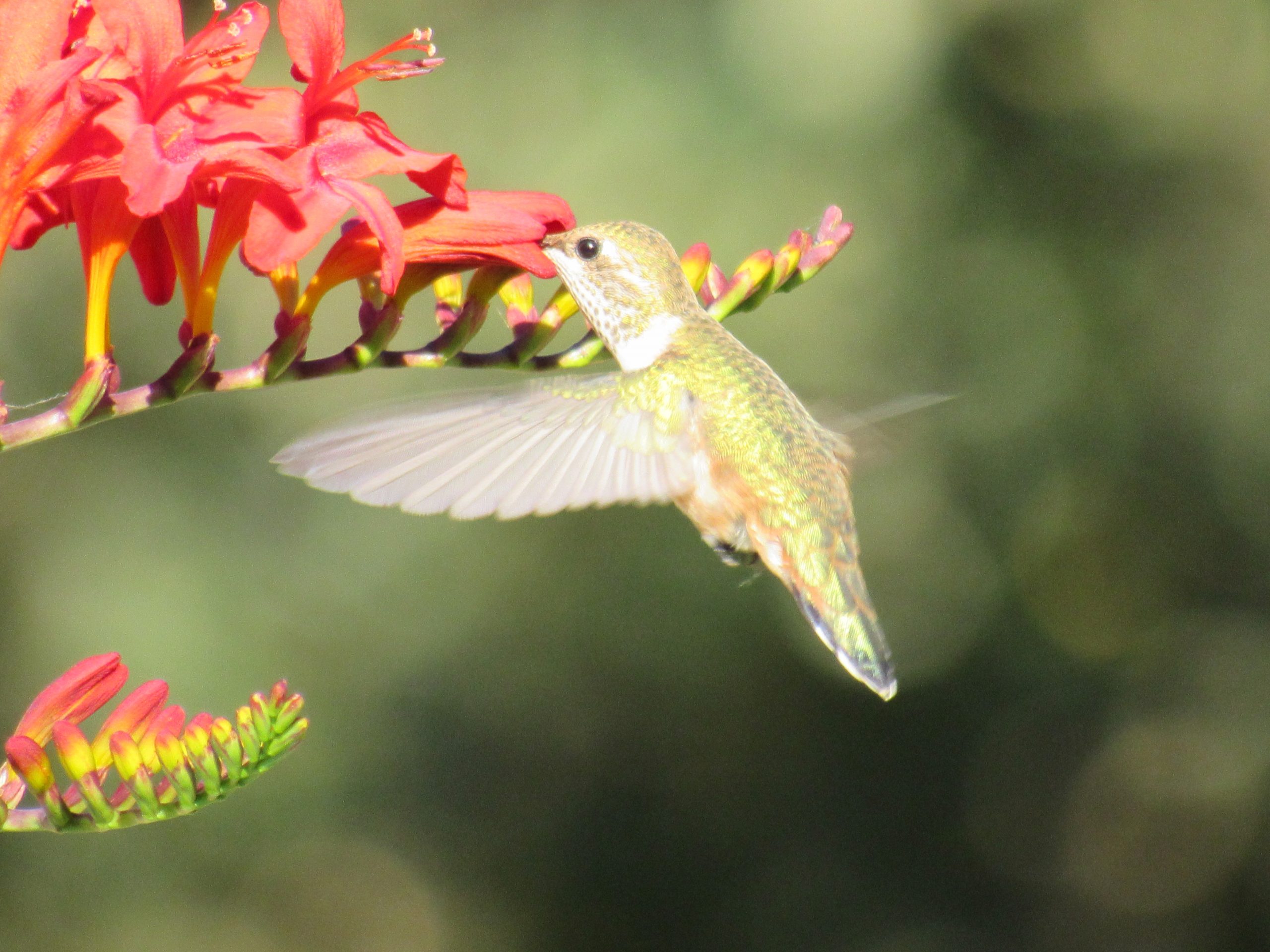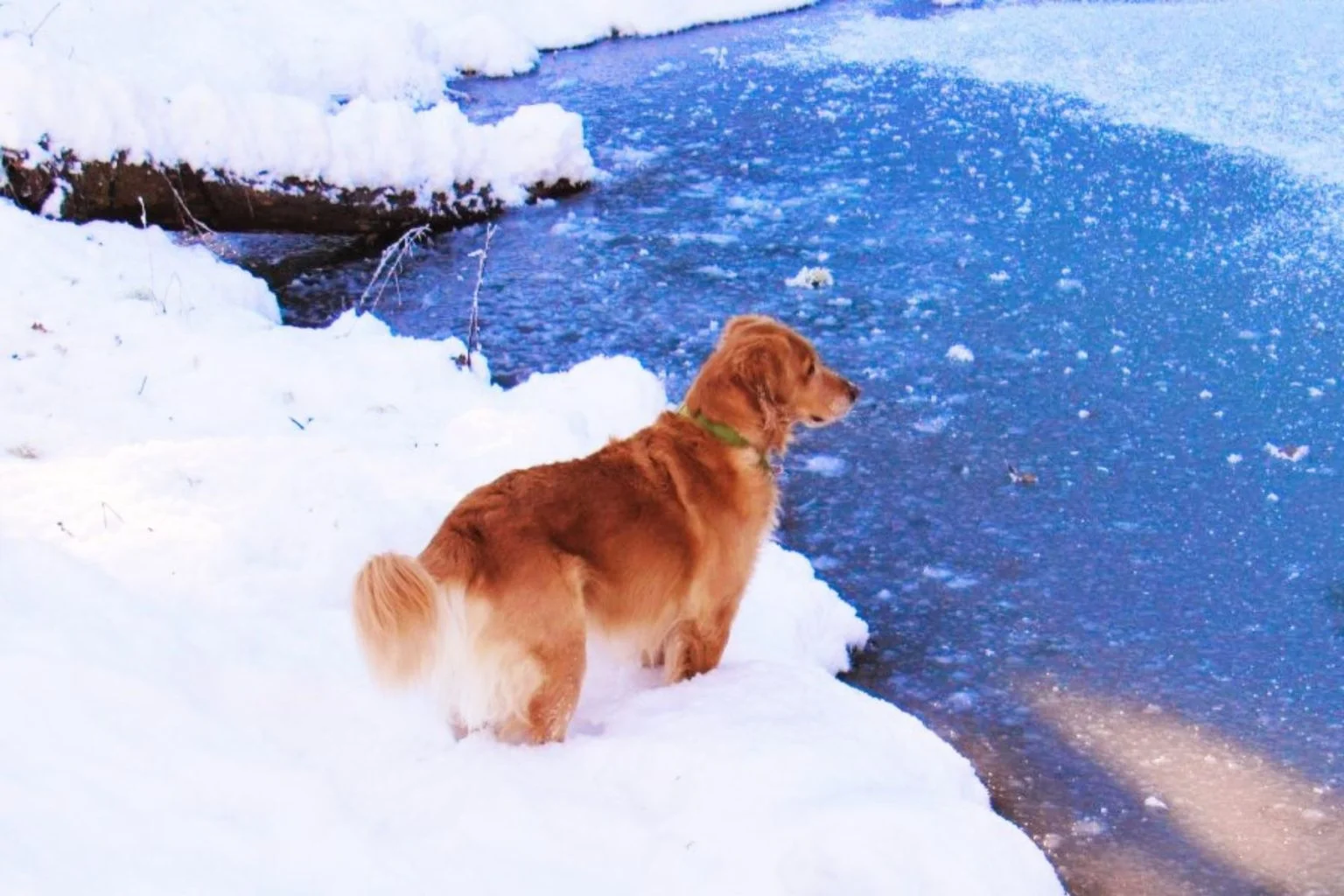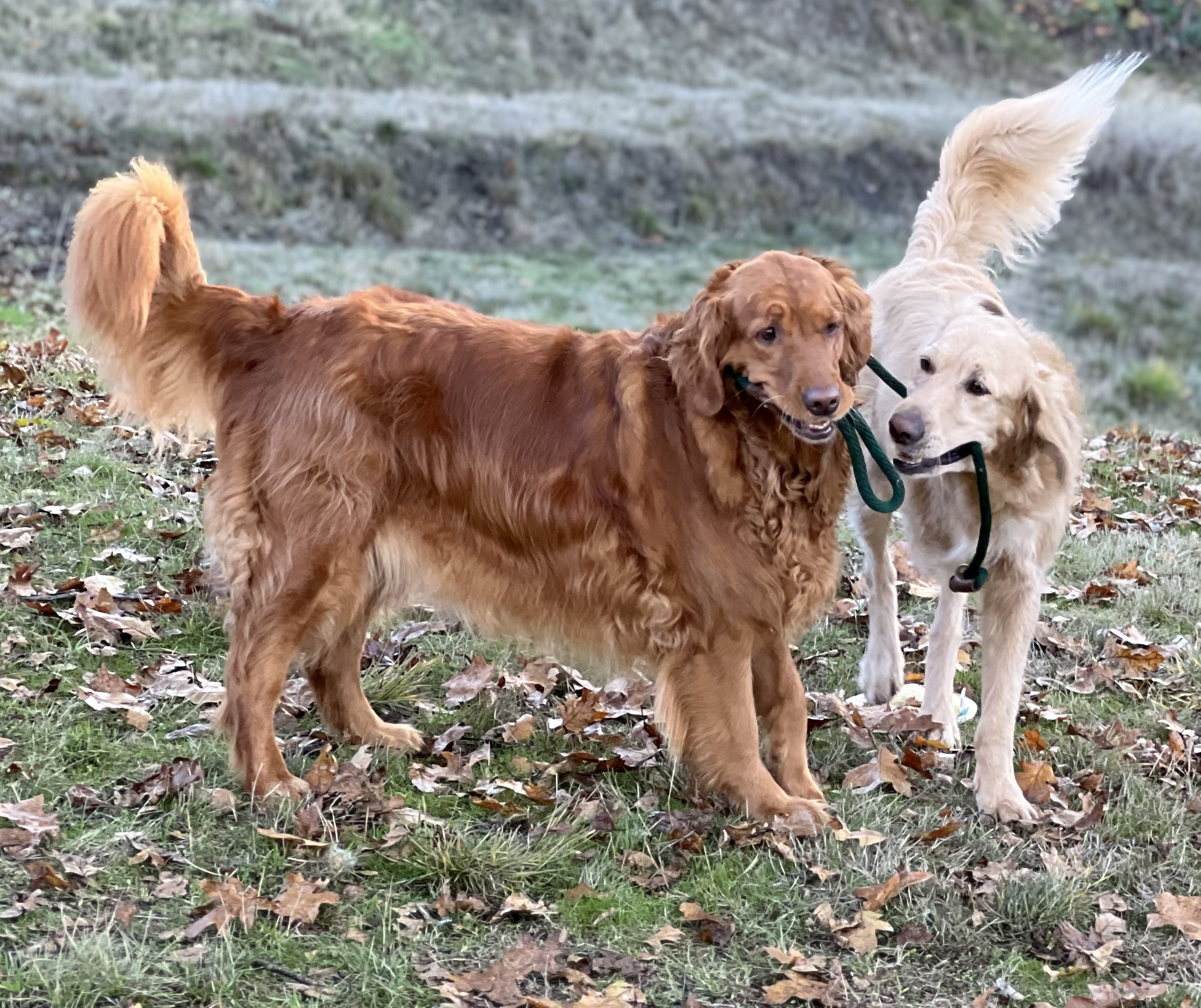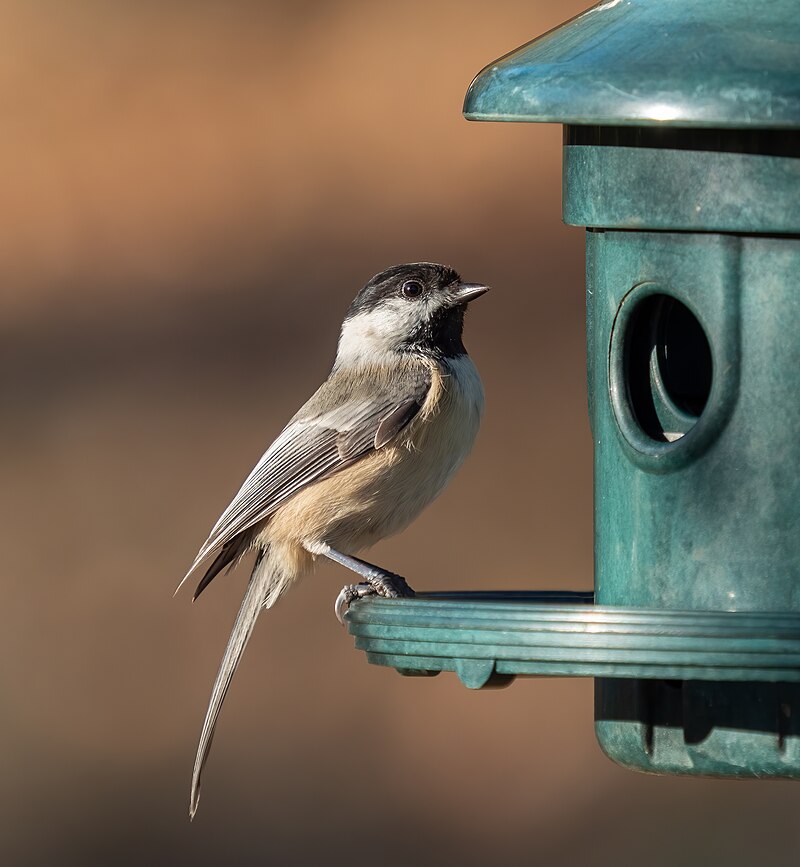
In the wild, survival often hinges on a creature’s ability to remember. For chickadees and squirrels, this means recalling the locations of hundreds or even thousands of food caches scattered across their territories. This remarkable feat of memory has fascinated scientists and nature enthusiasts alike, revealing a complex interplay between instinct, brain structure, and environmental cues.
Chickadees: The Tiny Titans of Memory
Chickadees, small songbirds known for their distinctive calls, are masters of food caching. As the leaves begin to fall and winter looms, these industrious birds embark on a frenetic spree of gathering and hiding seeds, insects, and other food items. Remarkably, a single chickadee can store food in thousands of different places.
The secret to their impressive memory lies in a specific part of their brain called the hippocampus. This region, also crucial in human memory, is exceptionally well-developed in chickadees, particularly in the autumn months. Studies have shown that the hippocampus of a chickadee can increase in size by up to 30% during the caching season, enhancing their spatial memory abilities. This seasonal brain plasticity allows them to precisely remember the locations of their numerous caches, even under a blanket of snow.
Chickadees use a combination of visual landmarks and spatial memory to relocate their hidden food. They memorize the position of each cache relative to objects in their environment, such as rocks, trees, and branches. This impressive spatial mapping ensures they can retrieve their stored food when resources become scarce, a vital skill for surviving the harsh winter months.
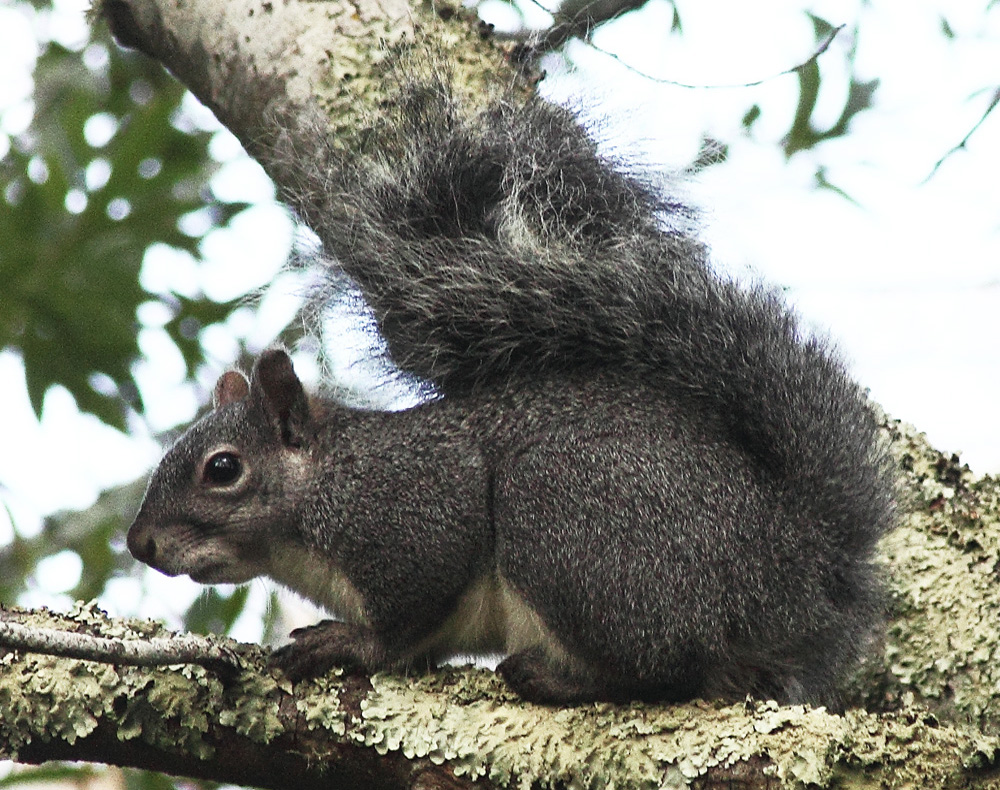
Squirrels: The Furry Foresters with a Mind Map
Squirrels, particularly the ubiquitous gray squirrel, are another group of animals renowned for their caching behavior. Throughout the fall, these nimble rodents gather a variety of nuts, seeds, and acorns, burying them in the ground for later use. Like chickadees, squirrels face the formidable challenge of remembering the locations of their caches, which can number in the thousands.
Squirrels employ a sophisticated combination of memory strategies to accomplish this task. Research indicates that squirrels use a process known as “spatial chunking,” where they remember the general area where they buried a group of caches, rather than the exact spot of each one. This method reduces the cognitive load and increases the efficiency of their food retrieval.
Moreover, squirrels are known to use scent markers to help locate their buried treasures. They have highly developed olfactory senses that allow them to detect the faint scent of buried food. Additionally, they rely on spatial memory, similar to chickadees, to recall the relative positions of their caches in relation to surrounding landmarks.
Interestingly, squirrels also exhibit behaviors that suggest a level of strategic thinking. They have been observed pretending to bury food when they sense they are being watched, only to hide it elsewhere when the coast is clear. This deceptive behavior, known as “tactical deception,” is thought to protect their caches from potential thieves.
The Brain Behind the Feats
The cognitive abilities of chickadees and squirrels underscore the importance of brain plasticity and environmental adaptation. Both animals show that memory is not a static trait but a dynamic process that can change and improve with experience and necessity. The enlargement of the hippocampus in chickadees during the caching season and the spatial chunking strategies of squirrels are prime examples of how these creatures have evolved to survive.
The memory feats of chickadees and squirrels highlight a fascinating aspect of animal behavior and cognition. These small but mighty creatures demonstrate that remembering where you’ve hidden your food is not just a matter of luck but a complex and finely tuned skill. Their abilities remind us that nature often holds the keys to understanding some of the most intricate workings of the brain, offering insights that can inspire advancements in our own understanding of memory and cognition.
Link to Source: Here

